Ladakh Protests Explained: Understanding the Demands Behind the Protests
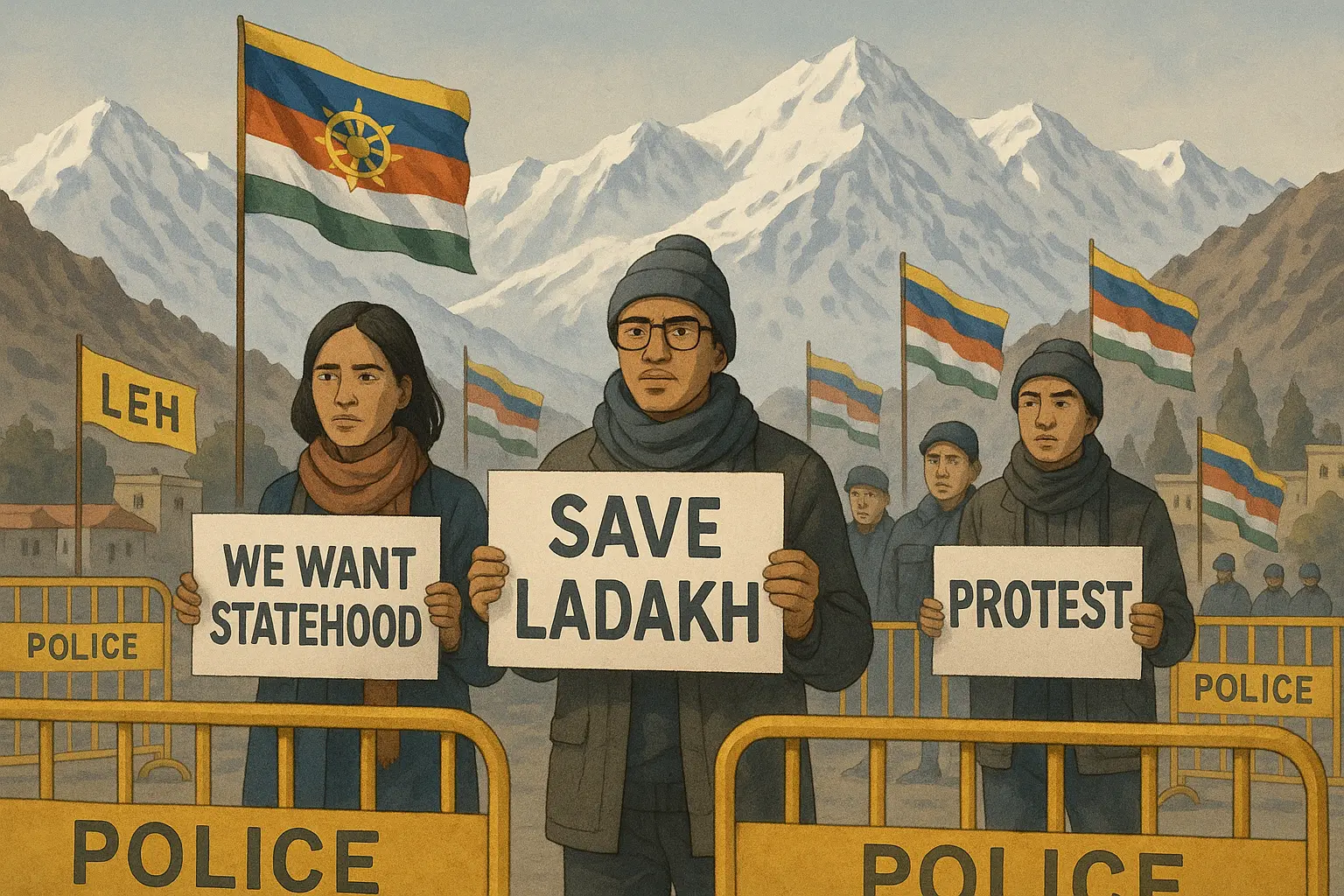
In recent weeks, Ladakh has witnessed rare scenes of violent protest — something unusual for a region otherwise known for its calm. From hunger strikes to arson and clashes with police, the sudden escalation has drawn national attention. Why are Ladakhis — who once celebrated the abrogation of Article 370 in 2019 and their Union Territory status — now demanding more? To answer this, we need to look closely at Ladakh’s evolving expectations, its four major demands, and the government’s position.
Background: From Article 370 to Union Territory
In August 2019, Article 370 was abrogated. Until then, Ladakh was part of the larger state of Jammu and Kashmir. For decades, Ladakh’s people had demanded separation, arguing that their unique geography, tribal identity, and needs were overlooked under J&K administration.
The central government accepted this demand, carving Ladakh out as a separate Union Territory (UT). However, unlike Jammu and Kashmir, which retained a legislative assembly, Ladakh was made a UT without an assembly. For many Ladakhis, this meant limited self-governance and fewer decision-making powers.
Initially, there was a celebration. But over time, concerns grew that promises of better governance and protection of local identity were not being fully met. This frustration has now shaped into new demands.
The Trigger: From Hunger Strike to Violence
On 10 September, a hunger strike began in Leh, led by noted climate activist Sonam Wangchuk. His campaign sought to press Ladakh’s key demands. The strike remained peaceful for nearly two weeks, with broad community participation.
However, tensions escalated after two elderly hunger strikers were hospitalised. Anger among the youth spilt into the streets on 24 September. Protesters clashed with police, torched a BJP office in Leh, and burned a police vehicle. Security forces responded with tear gas and baton charges. Reports suggest at least four people lost their lives, and dozens were injured.
The violence prompted Wangchuk to end his 15-day hunger strike, stressing that he did not support violent methods and urging youth to return to peaceful protest.
The Four Key Demands of Ladakh
1. Full Statehood
Ladakhis are now asking for full statehood, moving beyond their earlier demand for UT status. Statehood would grant them legislative powers, more control over resources, and representation comparable to other states. This reflects the growing desire for self-governance and protection against external political or commercial dominance.
2. Inclusion in the Sixth Schedule
The Sixth Schedule of the Indian Constitution provides special autonomy to tribal areas in parts of Assam, Meghalaya, Mizoram, and Tripura. It allows for autonomous district councils with the authority to make laws on land use, inheritance, and customs — even overriding state laws within their jurisdiction.
Since about 97% of Ladakh’s population is tribal, local groups argue that inclusion in the Sixth Schedule is essential to safeguard land rights, jobs, and cultural identity. Currently, Ladakh has Autonomous Hill Development Councils, but their powers are limited to district-level planning, not full autonomy.
3. Separate Public Service Commission (PSC)
Unemployment is a pressing issue. Ladakhi youth complain that job opportunities are bypassing locals, with administrative control resting outside the region. Establishing a Ladakh Public Service Commission (PSC) would create a structured process for government recruitment, similar to other states and UTs. This, they argue, is critical for addressing rising joblessness.
4. Additional Parliamentary Representation
Ladakh currently has only one Lok Sabha seat. Local groups believe that with its vast geography and diverse sub-regions (Leh and Kargil), at least two seats are necessary to ensure fair representation.
Government’s Position
The Ministry of Home Affairs has shown willingness to discuss two of the demands:
- Establishing a separate Public Service Commission.
- Considering an additional parliamentary seat.
However, the government has rejected the other two demands:
- Statehood: Officials argue that Ladakh had originally demanded UT status, which has already been granted. Reversing this to full statehood is not under consideration.
- Sixth Schedule inclusion: The government maintains that only selected districts in the Northeast have this privilege, and extending it to Ladakh could set a difficult precedent.
This selective acceptance has created a stalemate, fueling further discontent.
Why Did Violence Break Out?
Observers point to a mix of long-standing frustration and immediate triggers:
- Five years of unaddressed demands.
- Promises in political manifestos that remain unfulfilled.
- Hospitalisation of elderly hunger strikers, which emotionally charged the protests.
- Youth anger over unemployment and lack of political voice.
The attack on the BJP office was seen as a symbolic rejection of the ruling authorities, not just a spontaneous outburst.
The Larger Implications
Ladakh’s protests raise important questions for India’s governance model:
- Balancing identity and integration: How can tribal communities be protected while ensuring national integration?
- Administrative models: Should all UTs without assemblies (like Ladakh) be reconsidered for legislative powers?
- Sustainable governance: How can local needs be prioritised without setting unworkable precedents?
The answers will determine not just Ladakh’s future, but also how India addresses regional aspirations across its diverse landscape.
Conclusion
Ladakh’s unrest is more than a law-and-order problem. It reflects deep-rooted concerns about identity, autonomy, and opportunity. The region once celebrated its UT status but is now seeking greater empowerment. While the government is open to partial negotiations, the core issues of statehood and Sixth Schedule inclusion remain unresolved.
A constructive way forward will require dialogue, trust-building, and a willingness to address Ladakh’s unique concerns. For Ladakhis, the challenge is to keep their movement peaceful and focused; for the government, the challenge is to recognise that stability comes from participation and fairness.
Disclaimer: This article is based on publicly available reports and independent analysis. Readers are encouraged to consult multiple sources for a complete picture.
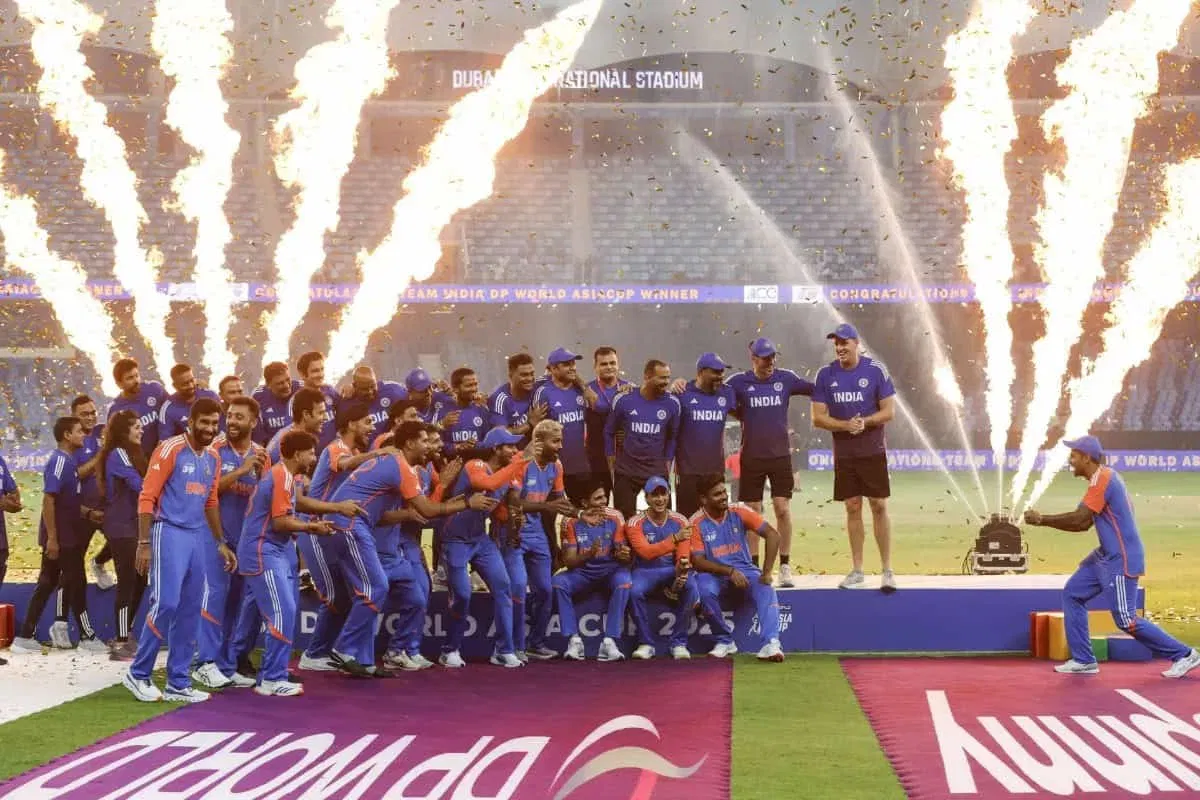
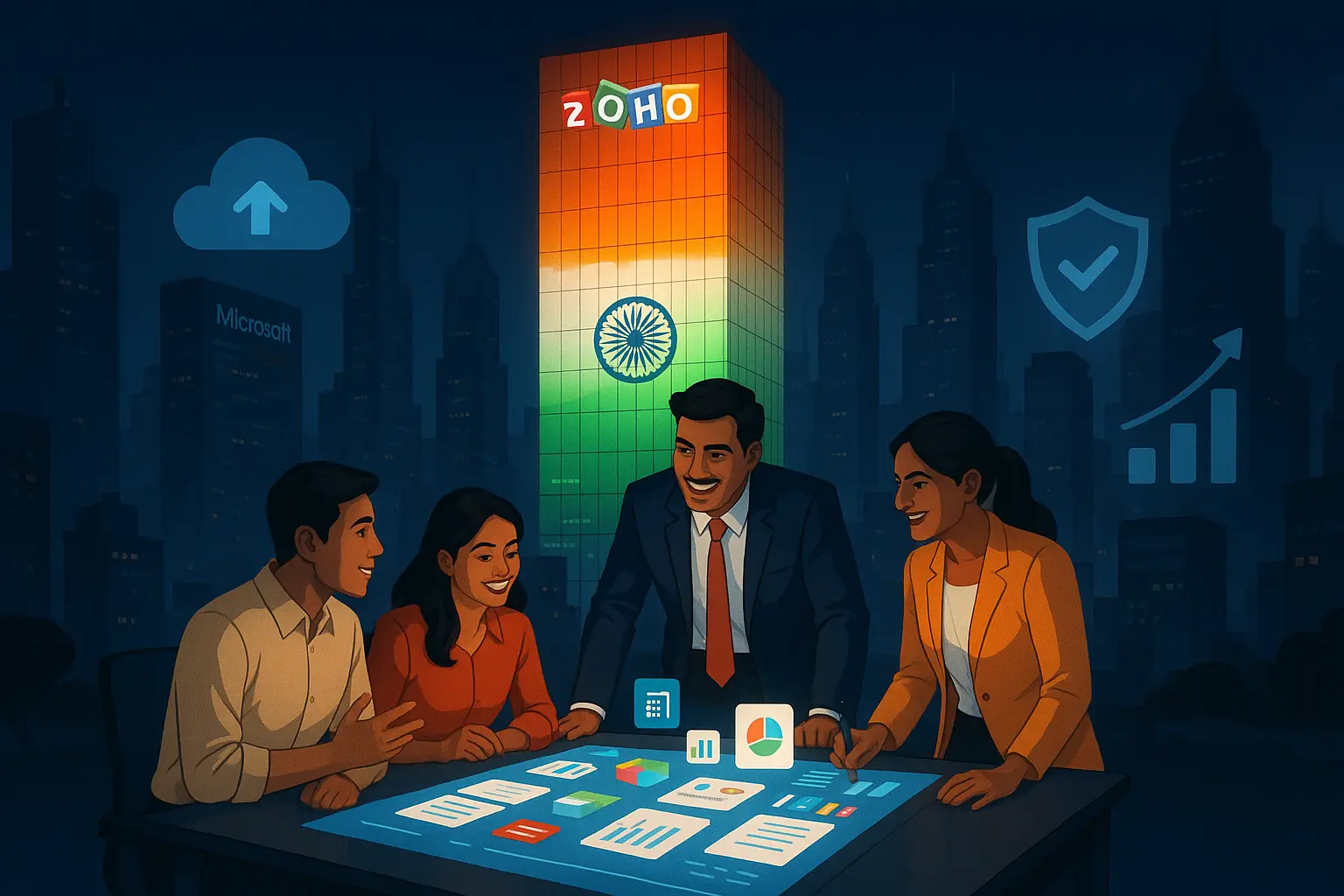
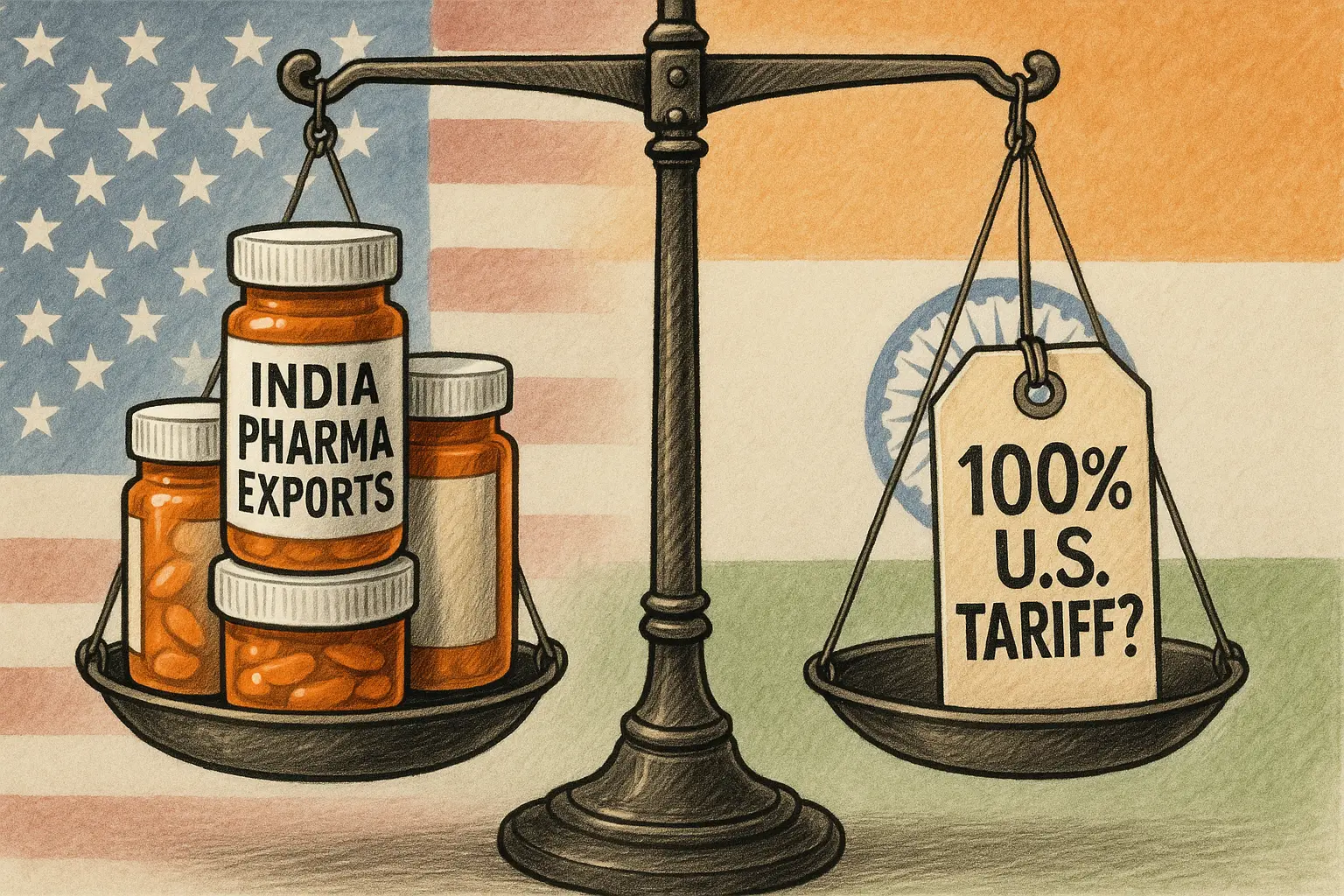

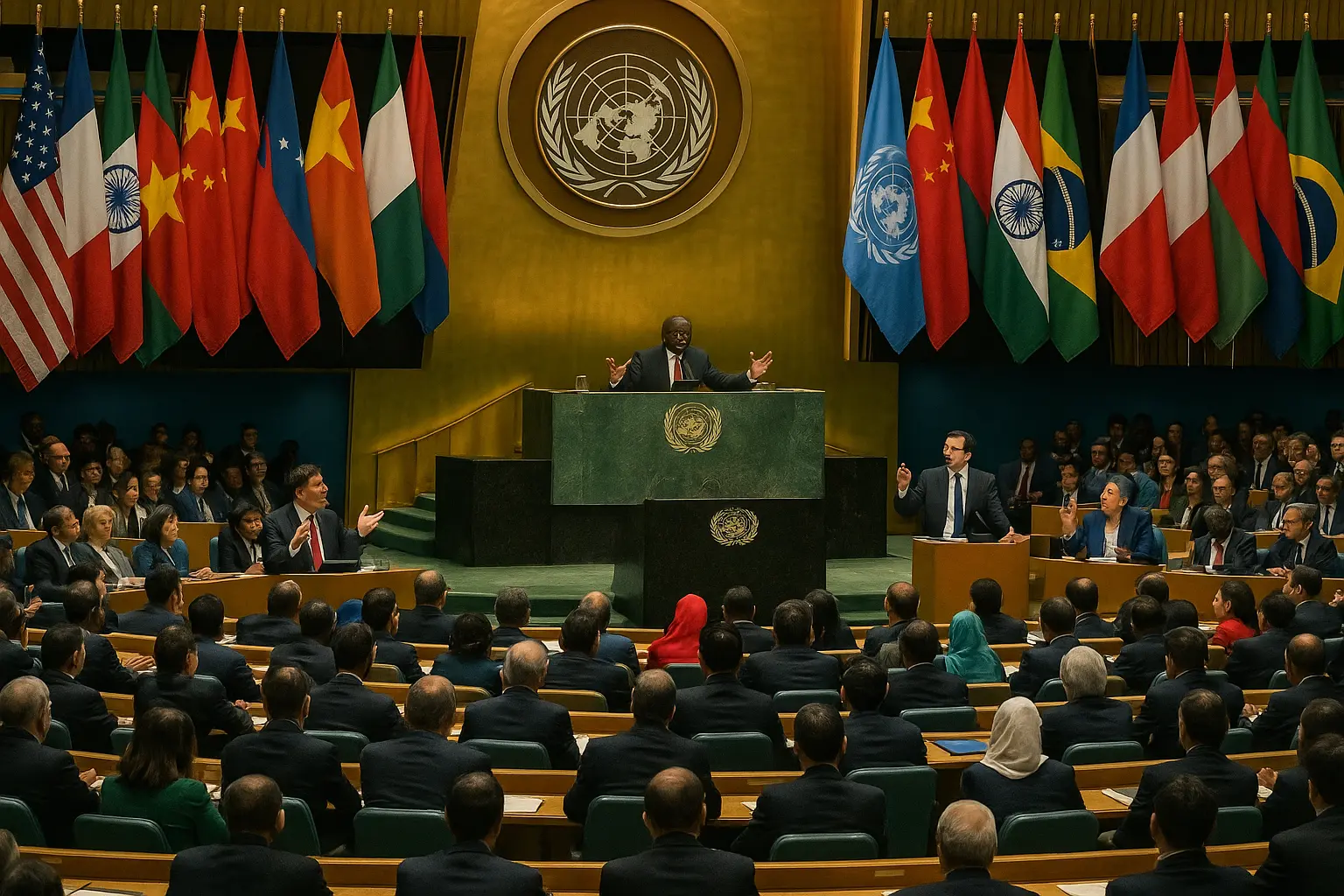
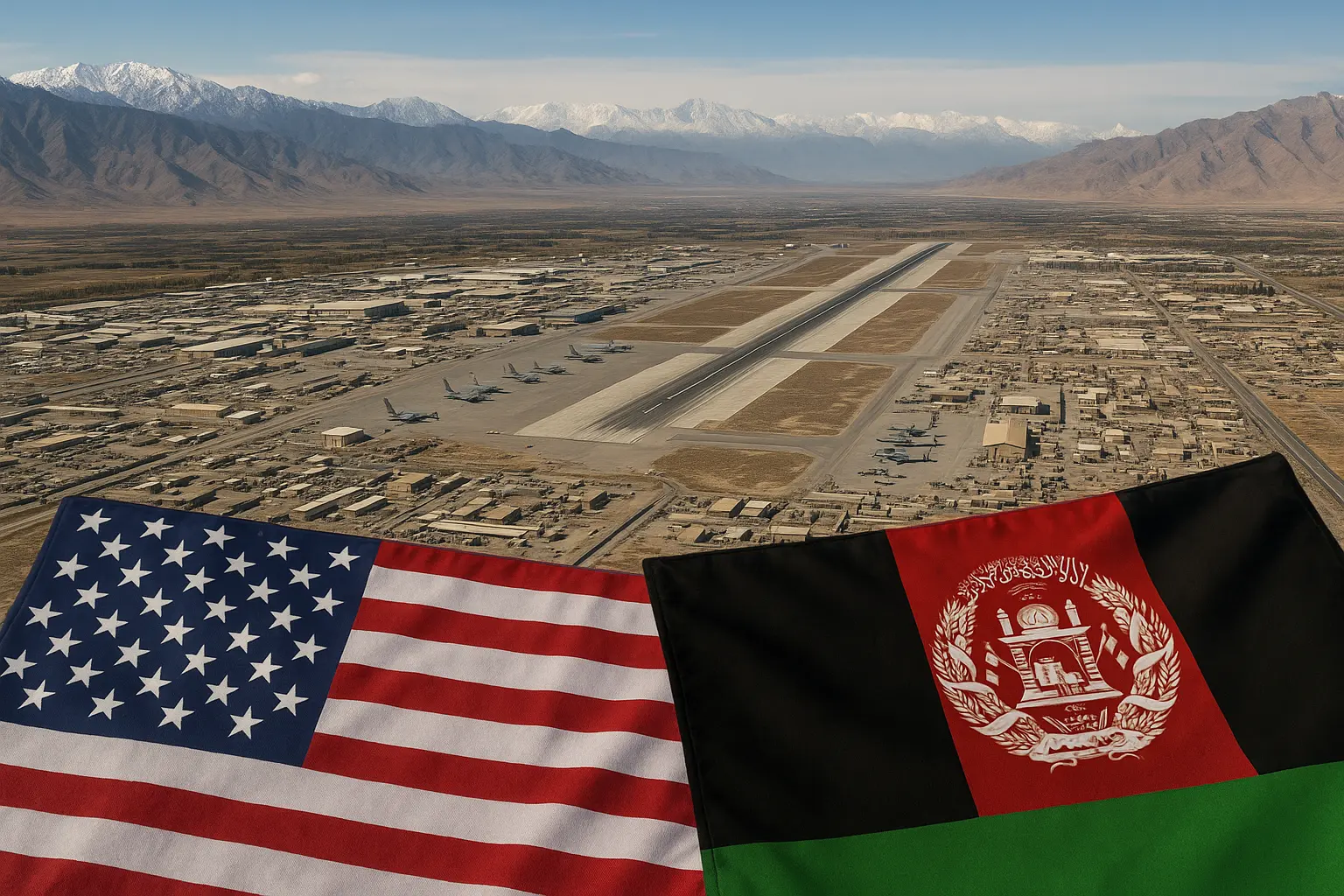



No comments yet. Be the first to comment!